What’s the Buzz
The Bee Healthy Blog
Which Foods or Drugs to Avoid with Diverticulitis?

Diverticulosis is a common gastrointestinal condition that seldom causes problems. This digestive tract problem becomes more prevalent as people age. According to the National Institute of Diabetes and Digestive and Kidney Diseases, 30% of people between 50 and 59 years of age have diverticulosis; this value increases to more than 70% in those 80 years and older. Fortunately, the majority of people with diverticulosis will have no symptoms or problems. Only 5% of people with diverticulosis develop a more serious condition called acute colonic diverticulitis.
Please continue reading to find out what can bring on a diverticulitis attack. We will also discuss a diverticulitis diet, i.e., which foods and drugs to avoid and which foods to eat if you have a diverticulitis flare.
What is diverticulitis?
In many people, small pouches (pockets or bulges) called diverticula develop in the lining of the digestive tract, most commonly in the colon (large intestine). These pouches are usually pea-sized but can be larger. Diverticula form due to increased pressure in the colon in areas where the colon wall is weak. The presence of diverticula is called diverticulosis. Diverticula are common in adults over the age of 40.
While diverticula are harmless in most people, they can sometimes become inflamed or infected. Experts believe bacteria in the gut microbiota (the bacteria that live inside the gut) enter the diverticula and potentially cause infection. This condition is called diverticulitis presenting with abdominal pain, increased white blood cells, and generalized malaise.
Treatment options for diverticulitis include antibiotics and bowel rest (a clear liquid diet for a few days). Severe cases may require intravenous antibiotics and/or surgery to treat complications such as bowel abscess, perforation, fistula, or obstruction.
What are diverticulitis symptoms?
Common symptoms of diverticulitis flare-ups include abdominal pain, tenderness, stomach cramps, swelling, bloating, nausea, fever, and changes in bowel habits (diarrhea or constipation).
Keep in mind that these symptoms are nonspecific and can be from other gastrointestinal conditions such as stomach ulcers, irritable bowel syndrome, inflammatory bowel disease, or gallstones. Contact your healthcare provider for proper diagnosis and treatment.
What can bring on an attack of diverticulitis?
Fiber has many health benefits and is essential for a healthy digestive system. It adds bulk to stool and moves it along in the digestive tract. Experts believe that a low-fiber Western dietary pattern increases the risk of developing diverticulitis. This is based on observations that the incidence of diverticular disease is lower in Asia and Africa, where dietary patterns include more fiber-rich foods.
Your risk of diverticulitis is also higher with the following:
- 40 years old and over.
- Male gender.
- Overweight or obese.
- Low-fiber diet with a high intake of animal fat; some studies suggest that red meat consumption can contribute to diverticulitis flares
- Lack of exercise.
- Smoking.
- Taking certain medications
High fiber diet versus low fiber diet for diverticulitis
Traditionally, doctors recommend eating a clear liquid diet for a few days for people experiencing uncomplicated acute diverticulitis flares. This is to give the bowel some rest. Once a diverticulitis flare-up has settled down, doctors recommend gradually easing back into a regular diet, starting with low-fiber foods and ultimately transitioning to a standard diet with high-fiber foods.
However, more recent research has shown that fiber can not only help to prevent diverticulitis but also ease the symptoms of acute diverticulitis. If you develop diverticulitis, your healthcare professional will recommend an appropriate diverticulitis diet for you based on your symptoms.
Which drugs to avoid with diverticulitis?
The following medications could potentially increase the risk of diverticulitis: nonsteroidal anti-inflammatory drugs (NSAIDs), such as aspirin, ibuprofen (Motrin, Advil), and naproxen (Aleve); steroids; and opioids. These drugs are known to increase a person’s risk of developing diverticular disease.
Which foods to avoid with diverticulitis?
Here are some foods that doctors recommend avoiding during diverticulitis flare-ups.
High FODMAP foods
Certain foods called high FODMAP foods can lead to high pressure in the colon, which can lead to the formation of diverticula. If these diverticula become inflamed or infected, you can develop symptoms of diverticulitis. FODMAP stands for fermentable oligosaccharides, disaccharides, monosaccharides, and polyols. Examples of such foods include certain fruits like apples, pears, and plums; dairy foods (milk, yogurt, ice cream); fermented foods like kimchi and sauerkraut; and vegetables like cabbage, navy beans, brussels sprouts, onions, and garlic.
Low FODMAP foods
On the other hand, a low FODMAP diet reduces pressure in the colon and may help with diverticulitis symptoms. Examples of low FODMAP foods include eggs; meat; certain cheese; almond milk; grains like quinoa, rice, and oats; fruits like grapes, strawberries, pineapples, and oranges; and vegetables like potatoes, tomatoes, cucumbers, eggplant, and zucchini.
Red and processed meat
Red meat and processed meats can increase your risk of diverticulitis. They can also worsen your symptoms if you are experiencing an acute attack of diverticulitis.
High-sugar and high-fat foods
Hard-to-digest foods, fatty and fried foods, and foods high in sugar and low fiber content, which are common in Western diets, can also increase the risk of diverticulitis.
Nuts and seeds
Doctors recommend you avoid foods like nuts, seeds, and popcorn with incident diverticulitis. The tiny particles of these foods can increase the risk of infection in the diverticula.
Examples of low and high-fiber foods
A prudent dietary pattern decreases the risk of diverticular disease. In other words, a high-fiber diet can help you avoid constipation and reduce your risk of developing diverticulitis and other gastrointestinal health conditions.
Some fiber-rich foods include fresh fruits and vegetables, legumes, beans, whole grains, seeds, and nuts. Talk to your doctor about taking a fiber supplement if your diet does not include enough fiber-rich foods.
If you have diverticulitis symptoms, your doctor may recommend starting with a clear liquid diet, followed by a low-fiber diet, and ultimately your regular diet. The following foods are low-fiber: Meat, fish, poultry, eggs, tofu, white bread, rice and pasta, cereals, baked goods, canned carrots or potatoes, bananas, melons, and canned peaches. However, once the flares resolves, maintaining a rich-fiber diet will prevent diverticulitis flares in the future. Working with a dietitian specializing in diverticulitis will be beneficial for you in the long term.
References:
- https://www.mayoclinic.org/diseases-conditions/diverticulitis/symptoms-causes/syc-20371758#:
- https://www.niddk.nih.gov/health-information/digestive-diseases/diverticulosis-diverticulitis/definition-facts
- https://www.ncbi.nlm.nih.gov/pmc/articles/PMC5852713/
- https://www.hopkinsmedicine.org/health/wellness-and-prevention/fodmap-diet-what-you-need-to-know
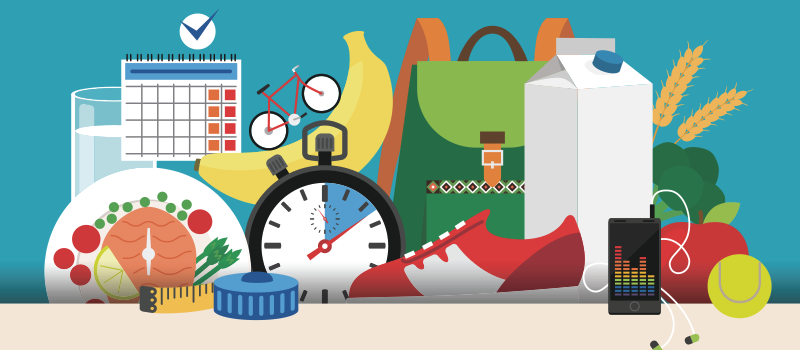
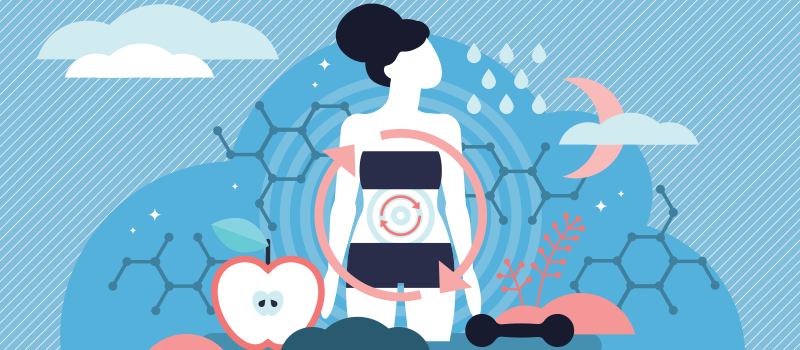




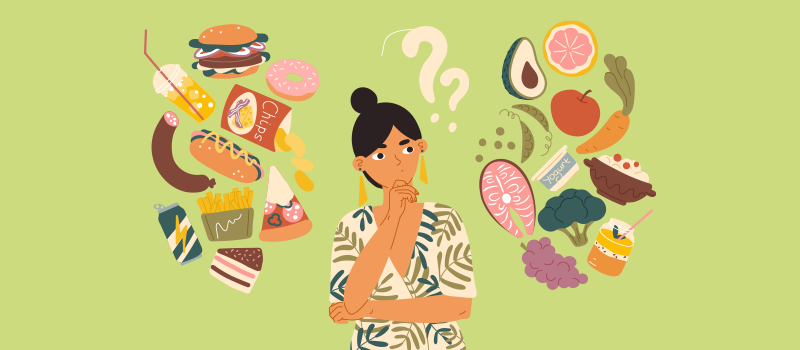

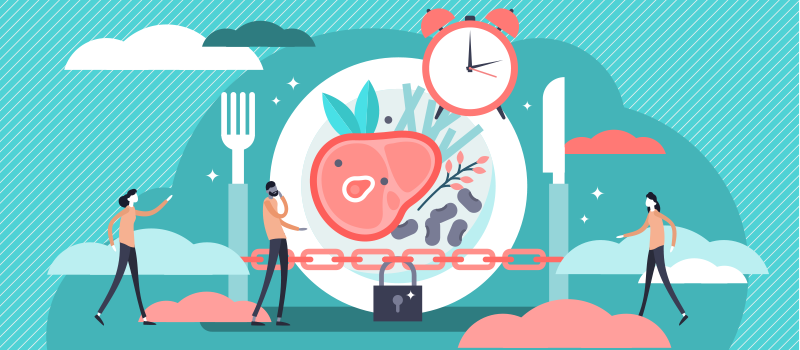
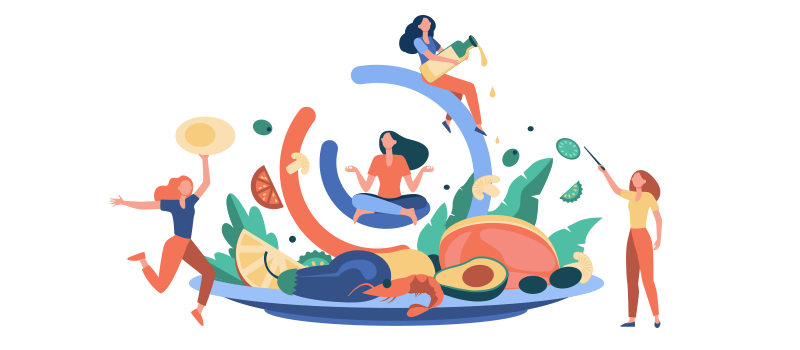


SOCIAL